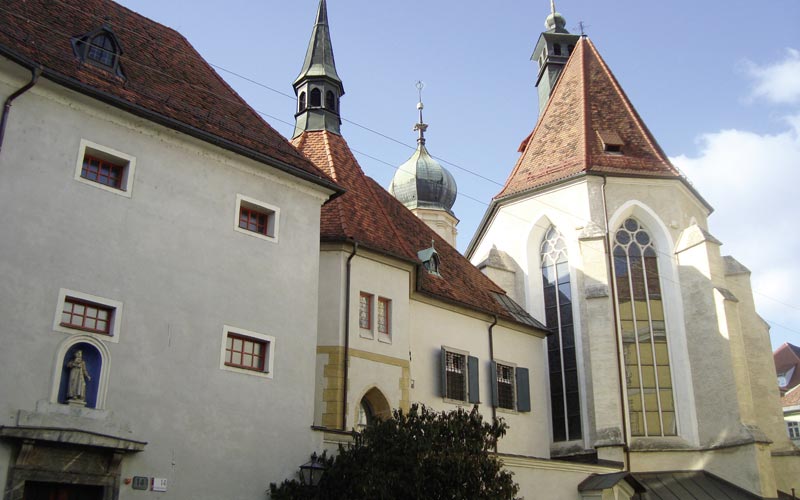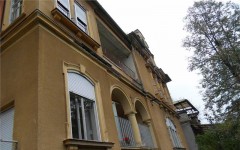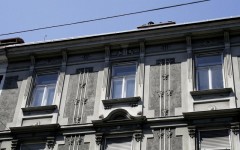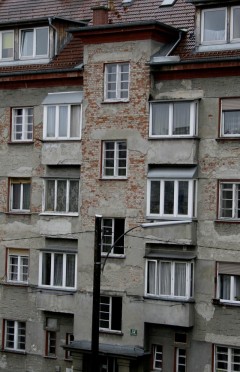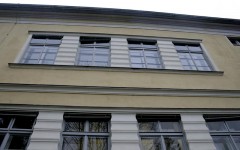The research project “denkmalaktiv” is intended to harmonize the aim of conserving listed buildings with technical requirements for energy-efficient renovation. The scope of the project covers identifying and further developing new technologies for renovating historic buildings sustainably, and working out renovation strategies for five typical listed buildings in the centre of Graz. Simulation and instrumentation processes were used to analyse the effects of various different renovation measures, and the strategies were further refined in consequence.
The project team is made up of representatives of the city administration (City of Graz Environmental Departement), university and private research organizations (Graz University of Technology, Institute of Thermal Engineering and Institute for Building Construction, GET Güssing Energy Technologies) and the Graz Energy Agency. The Federal Conservation Agency is also involved in the discussion. Subsequently these approaches are to be incorporated in specific renovation projects undertaken by the City of Graz; at the implementation stage scientific super-vision will be provided. The initial project phase has already been completed, and is providing scalable results. Dialogue between the relevant stakeholders in Graz has begun by means of workshops and interviews.
In connection with improving the thermal performance of historic buildings, the following technical issues have been dealt with:
- utilizing capillary active internal insulation systems
- upgrading box-type windows with respect to thermal and hygric behavior
- renovation and the fluid dynamics of box-type windows
- implementing ventilation systems with control facilities
- thermal wall activation for improving thermal comfort
- the potential of thermal activation for reducing wall moisture
- utilizing solar energy in active systems
The framework for these investigations is focussed on five selected reference buildings in Graz (see illustrations above), which have undergone structural, equipmental and architectural analysis. The project team worked out various renovation strategies for each building, and assessed them as regards for saving useful energy, end-use energy, primary energy and CO2 emissions. In addition, the architectural impact with respect to conservation was analysed in qualitative terms. It turned out that in all the buildings investigated it is possible to implement structural and equipmental measures that result in significant improvements in energy efficiency while complying with conservation requirements.
International ties
The link to an international group of experts active in the field of thermal renovation runs through the International Energy Agency‘s Implementing Agreement SHC (Solar Heating and Cooling) TASK 47 (Solar Renovation of Non-Residential Buildings) programme. The Institutes of Graz University of Technology participating in “denkmalaktiv I” are project partners in this task, and table the results of their research in this forum.
